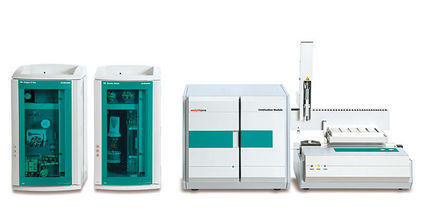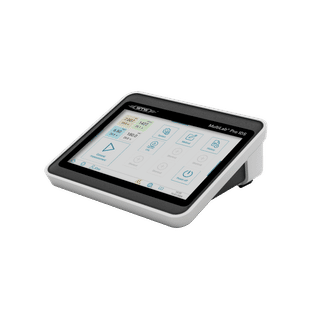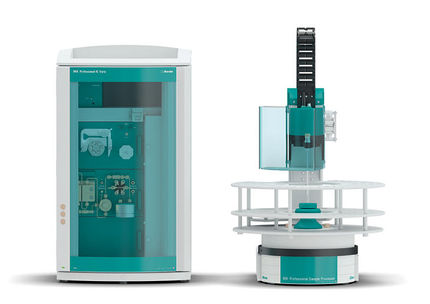| Major histocompatibility complex, class I, C
|
| Available structures: 1efx, 1im9, 1qqd
|
| Identifiers
|
| Symbol(s)
| HLA-C; Cw*1701; D6S204; FLJ27082; HLA-JY3; HLC-C; PSORS1
|
| External IDs
| OMIM: 142840 Homologene: 86715
|
| Gene Ontology
|
| Molecular Function:
| • microtubule motor activity
• MHC class I receptor activity
• MHC class II receptor activity
|
| Cellular Component:
| • axonemal dynein complex
• integral to plasma membrane
• membrane
• integral to membrane
• MHC class I protein complex
|
| Biological Process:
| • ciliary or flagellar motility
• antigen processing and presentation of peptide antigen via MHC class I
• immune response
• antigen processing and presentation
|
|
| RNA expression pattern
|
|
More reference expression data
|
| Orthologs
|
|
| Human
| Mouse
|
| Entrez
| 3107
| 667977
|
| Ensembl
| ENSG00000204525
| na
|
| Uniprot
| P10321
| na
|
| Refseq
| XM_001131707 (mRNA)
XP_001131707 (protein)
| XM_001003863 (mRNA)
XP_001003863 (protein)
|
| Location
| Chr 6: 31.34 - 31.35 Mb
| na
|
| Pubmed search
| [1]
| [2]
|
HLA-C belongs to the MHC (human = HLA) class I heavy chain receptors. The C receptor is a heterodimer consisting of a HLA-C mature gene product and β2-microglobulin. The mature C chain is anchored in the membrane. MHC Class I molecules, like HLA-C, are expressed in nearly all cells, and present small peptides to the immune system which surveys for non-self peptides.
HLA-C is a locus on chromosome 6 that encodes for a large number of HLA-C alleles that are Class-I MHC receptors. HLA-C is localized proximal to the HLA-B locus is located on the distal end of the HLA region. Most HLA Cw:B haplotypes are in strong linkage disequilibrium and many are as ancient as the human species itself.
Disease Associations
By Serotype
Cw1: Multinodular goiters[1]
By Allele
Cw*16: B chronic lymphocytic leukaemia[2]
Nomenclature
Cw*01
- Cw1 Serotype: Cw*0102 and Cw*0109
- Cw11 ?
- Cw*0104 to *0108
Cw*02
- Cw2 Serotype: Cw*0202 and *0208
- Cw*0203 to *0207, and 0209
Cw*03
- Cw9 Serotype: Cw*0303
- Cw10 Serotype: Cw*0302, *0304, and *0306
- Cw3 Serotype: Cw*0307
- Cw*0305 and 0308
Cw*04
- Cw4 Serotype: Cw*0401, *0407, and *0410
Cw*05
- Cw5 Sertoype: Cw*0501 and *0502
- Cw*0503 to *506 and *0508 to *0510
Cw*06
- Cw6 Serotype: Cw*0602 and *0605
- Cw6*0603, *0604 and *0606 to *0611
- Cw7 Serotype: Cw*0701 to *0706, *0712, *0714, *0716
- Cw*0707 to *0711, *0713, *0715, and *0717 to *0729
Cw*08
- Cw8 Serotype: Cw*0801, *0802 and *0803
- Cw*805 to *0812
Cw*1202 to *1215
Cw*1402 to *1405
Cw*1501 to *1511
Cw*1601 to *1606
Cw*1701 to *1703
Cw*1801 and *1802
Common Haplotype
Cw4-B35 (Western Africa to Native Americans)
Cw7-B7 (Western Eurasia, South Africa)
Cw7-B8 (Western Eurasia)
Cw1-B46 (China, Indochina)
Cw5-B44 (Western Eurasia)
References
- ^ Ríos A, Rodríguez J, Moya M, Galindo P, Canteras M, Alvarez M, Parrilla P (2006). "Associations of HLA-C alleles with multinodular goiters: study in a population from southeastern Spain.". Arch Surg 141 (2): 123-8. PMID 16490887.
- ^ Montes-Ares O, Moya-Quiles M, Montes-Casado M, Guerra-Pérez N, Campillo J, González C, López-Bermejo A, Tamayo M, Majado M, Parrado A, Muro M, Marín L, Alvarez-López M (2006). "Human leucocyte antigen-C in B chronic lymphocytic leukaemia.". Br J Haematol 135 (4): 517-9. PMID 17054674.
Further reading
- Geyer M, Fackler OT, Peterlin BM (2001). "Structure--function relationships in HIV-1 Nef.". EMBO Rep. 2 (7): 580-5. doi:10.1093/embo-reports/kve141. PMID 11463741.
- Greenway AL, Holloway G, McPhee DA, et al. (2004). "HIV-1 Nef control of cell signalling molecules: multiple strategies to promote virus replication.". J. Biosci. 28 (3): 323-35. PMID 12734410.
- Bénichou S, Benmerah A (2003). "[The HIV nef and the Kaposi-sarcoma-associated virus K3/K5 proteins: "parasites"of the endocytosis pathway]". Med Sci (Paris) 19 (1): 100-6. PMID 12836198.
- Leavitt SA, SchOn A, Klein JC, et al. (2004). "Interactions of HIV-1 proteins gp120 and Nef with cellular partners define a novel allosteric paradigm.". Curr. Protein Pept. Sci. 5 (1): 1-8. PMID 14965316.
- Tolstrup M, Ostergaard L, Laursen AL, et al. (2004). "HIV/SIV escape from immune surveillance: focus on Nef.". Curr. HIV Res. 2 (2): 141-51. PMID 15078178.
- Joseph AM, Kumar M, Mitra D (2005). "Nef: "necessary and enforcing factor" in HIV infection.". Curr. HIV Res. 3 (1): 87-94. PMID 15638726.
- Anderson JL, Hope TJ (2005). "HIV accessory proteins and surviving the host cell.". Current HIV/AIDS reports 1 (1): 47-53. PMID 16091223.
|







